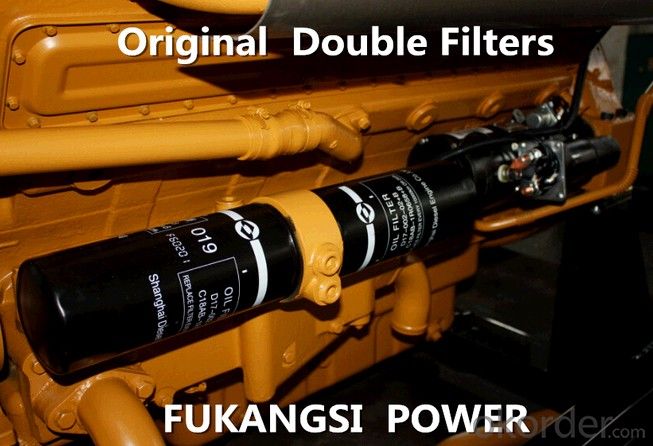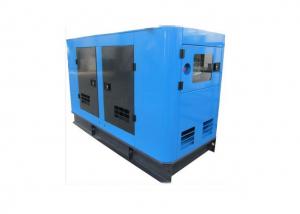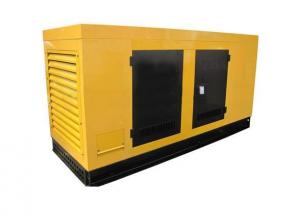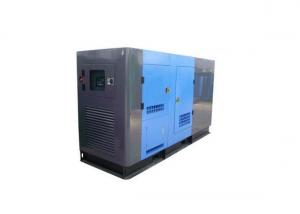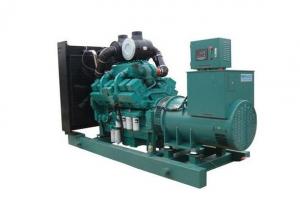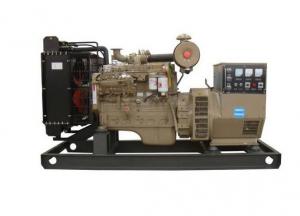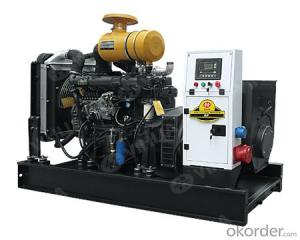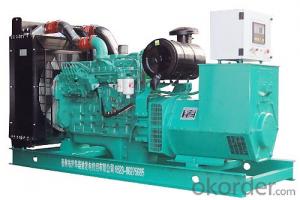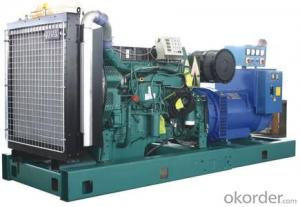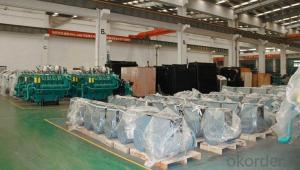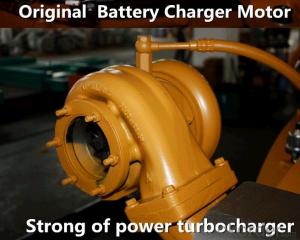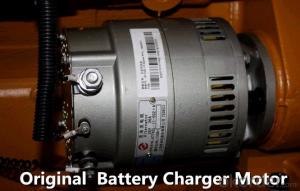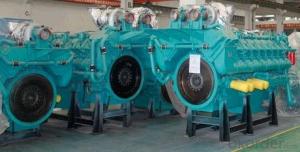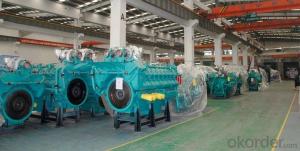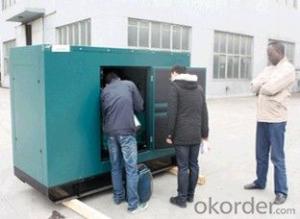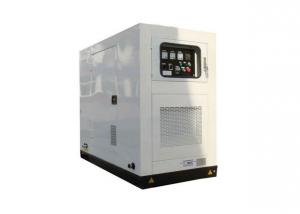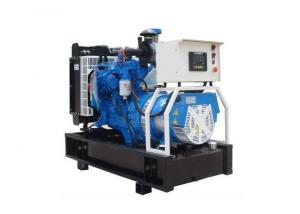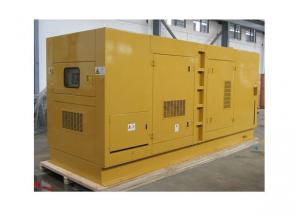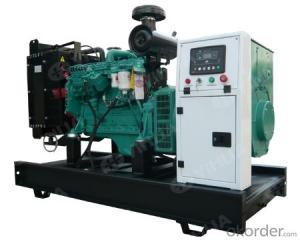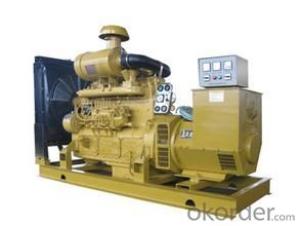Product list of China Lovol Engine type (lovol)70
- Loading Port:
- Shanghai
- Payment Terms:
- TT OR LC
- Min Order Qty:
- 1 set
- Supply Capability:
- 5000 set/month
OKorder Service Pledge
Quality Product, Order Online Tracking, Timely Delivery
OKorder Financial Service
Credit Rating, Credit Services, Credit Purchasing
You Might Also Like
Specifications
This Generator powered lovol
| Model | Prime Power (KW) | Standby Power (KW) | Engine Model | Engine Power |
| FKS-L22 | 20 | 22 | 1003G1A | 26/29 |
| FKS-L27 | 25 | 27 | 1003G | 28/31 |
| FKS-L35 | 32 | 35 | 1003TG1A | 38/42 |
| FKS-L42 | 38 | 42 | 1003TG | 44/48 |
| FKS-L35 | 32 | 35 | 1004G | 40/44 |
| FKS-L50 | 45 | 50 | 1004TG1A | 52/57 |
| FKS-L55 | 50 | 55 | 1004TG | 65.7/72 |
| FKS-L82 | 75 | 82 | 1006TG1A | 84.3/93 |
| FKS-L85 | 78 | 85 | 1006TG3A | 86/95 |
| FKS-L90 | 80 | 90 | 1006TG2A | 92.3/102 |
| FKS-L100 | 90 | 100 | 1006TAG1A | 108/119 |
| FKS-L120 | 110 | 120 | 1006TAG | 121/133 |
- Q: gas is too expensive. here in florida i guess everyone has a noisy gas powered generator for when hurricanes knock out our power
- yes bio-fuels are capable of running generators, just in order to make it usable it needs to be subjected to a process of trans-esterification, this will make it like diesel and then can be used easily in the generator. it too depends from which plant u have derived the oil. oil from some plants can be directly used in generator.
- Q: a factory open 8.00 am to 4.00 pm and using 80kWh der day or 10000 w electricity in a given time it generate electricity by a diesel generator. is it possible to use a small diesel generator to generate enough power to run a motor and connect that motor to large power generator to generate whole electricity need for factory
- A factory operating from 8 am to 4 pm uses 80kWh or 10000w of electricity per day generated by diesel. It is possible to use a small diesel generator to generate enough power to run a motor. If that motor is connected to a large power generator, it will generate enough electricity to power the entire factory.
- Q: I have an old generator that the motor doesn't run. I want to salvage the generator head and make something like a wind, steam, or bio diesel generator I haven't made my mind up yet. But for now I need to dismantle the head from the motor. I think it has some kind of a ratio box on it too I'm not sure I've never done this before. I sure would appreciate any help!
- The generator end should unbolt, followed by the stator. Remove everything you can and all that should remain is the rotor attached to the engine crank shaft.
- Q: I have diesel generator and when I loaded it up to 400 KW trip due to low ferquncy in which its total load 905 KW after I check up , I think that because fuel is not increase to feed injuction pump so that I want to know how actuator working ?
- By the revolutions of the generator, or the (presuming AC output) frequency of the power generated. If the frequency is low, the revolutions are low. If the revolutions drop off when load is added, or frequency falls, you have a problem. somewhere.
- Q: I have a bunch of old diesel left over from y2k, a family friend stored 10k gallons and its turned a brown color, it dosent small funny at least to me, still looks red if you put it up to the light but it is not vivid red like it used to be it has a dingy brown color. It was originally RED diesel.Im afraid to run this in my generator, is there any additive I can add to clean it up or fix it that you have PERSONAL experience with.?
- look in the yellow pages and discuss with a local petroleum distributor. diesel tanks grow all sorts of mossy things. a last suggestion is to have a sample laboratory analyzed for water and other growing organics and particulates.
- Q: I know I take for granted that I have indoor plumbing but where does the water pressure that causes water to flow come from when I turn on my sink? Is it a pump. Where does the energy come from?
- Sometimes pumps are used to maintain water pressure, sometimes water towers which still needs pumps. The energy to run the pumps almost always comes from the power grid although there is no reason you could have diesel (or some other fuel) engine driven pumps in locations where there's no electricity. uh.edu/engines/epi2578.htm
- Q: I would like to idle my 1981 mercedes benz 300sd for about 4 to 8 hours a day. will i hurt my car somehow if i do this?i am buring diesel to generate powers to charge my battery bank, so i have power for my power tools, it's hard to explain
- You must have a lot of spare $$ if you can afford to let a diesel car idle for 8 hours.
- Q: Also Onan generator Diesel Fuel filter# 149-2513 ?Also Onan generator Air filter#140-2897 ?
- napa gold 1064 for an oil filter or Wix 1334 (replacement for the Onan filter) and Onan 122-0833 are physically the same. fuel filter 3063 napa I'm having trouble with the air cleaner
- Q: i understand that diesel engines are used in heavy duty vehicles and gasolines are usually used in cars.why are diesel engines preferred for heavy duty? and who are some cars using diesel engine, like some VW models that use clean diesel.i know the engine works a bit different between diesel and gasoline but as for performance, why is one preferred over the other for heavy duty and regular cars?
- a diesel engine develops so much more torque compared to a spark ignition engine. given that the typical engine has a compression ratio of about 12:1 MAX and a diesel is roughly 18 to 22:1, when you ignite the air fuel charge by any means that compressed gas is what does every thing, in a spark ignition engine that air charge expands to 4 times its volume. i do not have a diesels ratio but there can not be much of a difference. that 12 to 1 now be comes 48 to one in a very small area forcing that piston to move. in the diesel with a 20 to one compression ratio, now 80 to one putting an immense force on the face of that piston. so muck torque is developed. i have no info on the clean diesels, so i will stop, but diesels are known for the smoke in the exhaust whick is particulate matter in the air that will settle out.
- Q: I understand it as far as the diesel engine driving the generator- or is it an alternator?- to power the motors which turn the wheels. But does each wheel have its own motor, or is it one motor per axle?
- Earlier diesel-electric locomotives used a d.c. generator and d.c. traction motors. In more recent years - since around the 1990s - a.c. alternators have been used, as suitable a.c. traction motors have been developed. Generally, modern diesel-electrics (and electric locomotives) have one traction motor per axle. I am not completely 'au fait' with US practice, but in Europe and many other countries diesel and electric locomotives are classified by wheel arrangement. Thus, a locomotive with two four-wheeled bogies (or trucks), with motors on each axle is classified as a 'Bo-Bo': i.e., 'B' signifying two axles, with the 'o' signifying that each is motored. A typical US twelve-wheeler is a 'Co-Co', and so on. Earlier locomotives - in the UK, for example - were heavier than those produced today for the same power output. They therefore had additional unpowered carrying axles, denoted by figures. For example, the early main line locomotives had a 1Co-Co1 wheel arrangement: two eight wheel trucks, the leading axle of each being unpowered, with motors on the other three. The mid range locomotives produced by Brush Traction were of the A1A-A1A arrangement, consisting of two six wheel/three axle trucks, each with motors on the end axles, and the centre axle un-powered. We even had some odd-ball five axle locomotives with a 'Co-Bo' wheel arrangement. Mechanical transmission is also used on light shunting locomotives and railcars, whilst hydraulic transmission was popular for a while in Germany and the Western Region of British Railways, but is now used for most diesel multiple-unit trains.
Send your message to us
Product list of China Lovol Engine type (lovol)70
- Loading Port:
- Shanghai
- Payment Terms:
- TT OR LC
- Min Order Qty:
- 1 set
- Supply Capability:
- 5000 set/month
OKorder Service Pledge
Quality Product, Order Online Tracking, Timely Delivery
OKorder Financial Service
Credit Rating, Credit Services, Credit Purchasing
Similar products
Hot products
Hot Searches

